Asking a French person if they’ve ever eaten a Tarte Tatin is like asking an American if they’ve ever eaten a brownie. Chances are, they’ve eaten it a million times. It’s a French staple dessert that’s typically baked very simply at home or available at boulangeries and cafés. If you have a French friend or a lover with scary in-laws, baking this dessert will surely win their hearts.
French Cooking Class by Ferrandi at Galeries Lafayette Paris Haussmann
I recently had the pleasure of attending a Tarte Tatin workshop given by Ferrandi Paris, at Galeries Lafayette, Paris Haussmann. It is one of many experiences on offer at the iconic store. These include weekly fashion shows, heritage tours of the exquisite art nouveau architecture, shopping experiences, and of course cooking classes.
Ferrandi is one of the most prestigious professional training schools in France. These classes teach participants how to make traditional and gastronomic dishes. They are an amazing way to really immerse yourself in the culture and spend an afternoon in the City of Light.
The classes take place at Lafayette Maison and Gourmet. You’ll peruse the artisanal baked goods and desserts, myriad of traiteurs and international restaurants as you zig zag through the shop to the workshop studio. On the third floor where they sell kitchen products is where they also host super fun cooking classes!

What is the Tarte Tatin?
The Tarte Tatin is a pastry containing fruit caramelized in butter and sugar. Apples are the most common choice of fruit, but other fruits would also work.
The dessert came about at the end of the 19th century in Sologne, central France. The tarte is named after the Tatin sisters Caroline and Stephanie. They invented and served it in their hotel as its signature dish and eventually became a huge hit nationwide.
CUlinary Courses: A True Cultural Experience
As an Australian living in Paris, France, one thing I’ve noticed and really admire about French culture is their pride in tradition. I was expecting the class to be full of tourists and Anglophones such as myself, but many of the attendees were French who simply wanted to perfect their own Tarte Tatin-making skills.
The chef emphasized the great importance of the original recipe. Paris is known for its art, history, and food. Somehow, this class mastered all three of these cultural aspects. The creation of this dessert was treated like such a delicacy and with the same level of respect we see for the arts in France. The class explored and discussed its historical importance and of course, the taste was as tantalizing as all the other French pastries. After combining all these cultural elements, it doesn’t get more French than that.
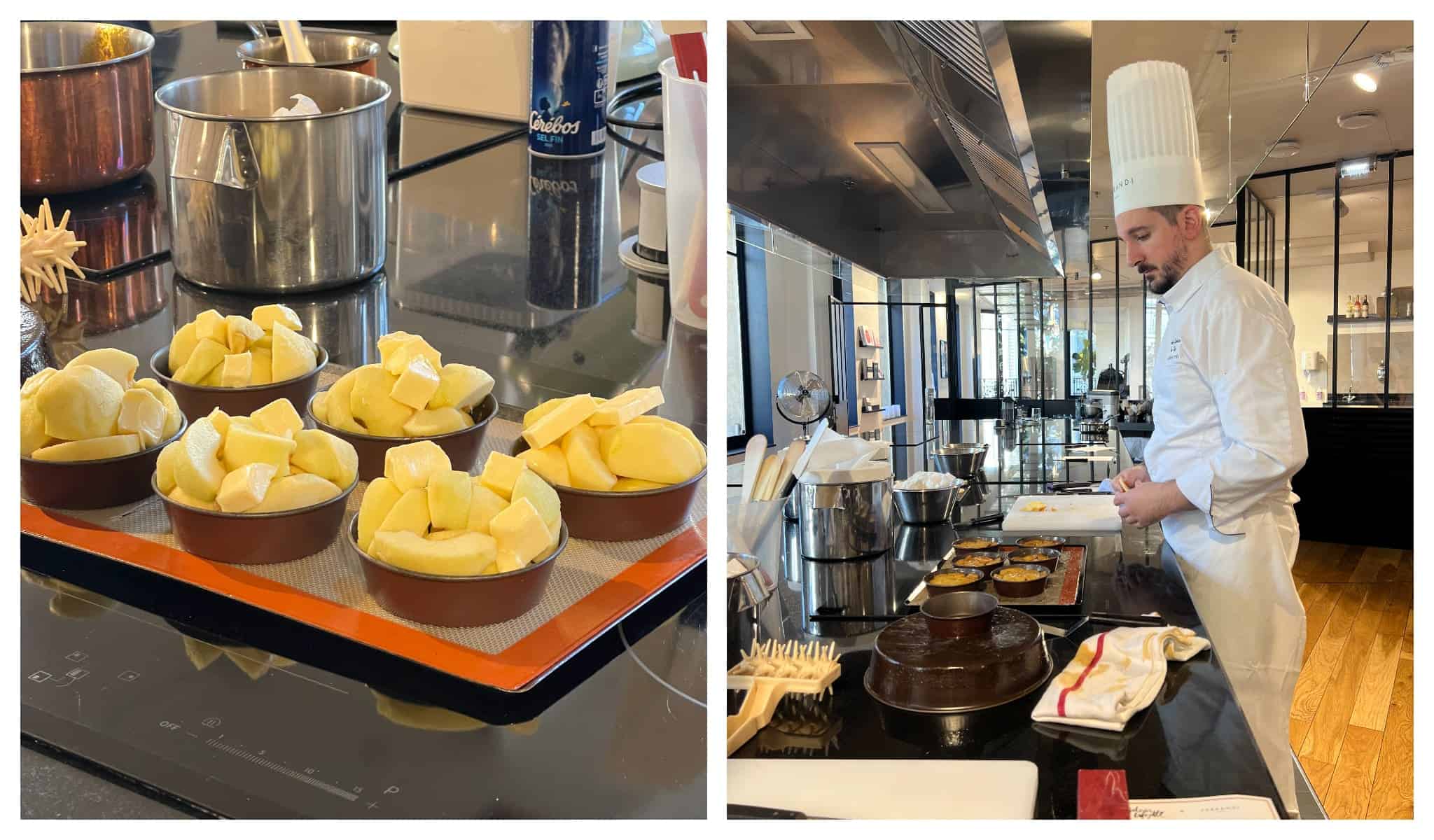
The class
Upon arrival, the friendly chef greeted me. The class took place in a beautiful and spacious state-of-the-art kitchen with high-end appliances and equipment. Aprons and hats were handed out to each participant. We also received copy of Ferrandi’s tarte tatin recipe, all of which were for us to keep.
The chef explained the recipe in detail, providing us with great tips and tricks and the science behind every step. He taught us various techniques, like making pastry and Chantilly cream, that are useful for a multitude of recipes, improving the overall skills of an inexperienced baker such as myself.
From peeling apples to rolling out the pastry, the entire class constructed this apple tart-deliciousness together with excellent guidance. The chef made one large Tarte Tatin, which we ate together in the class with coffee. On top of that the group of us collectively baked mini versions that we were able to take home. This meant we were able to enjoy the yummy pastry twice or treat someone else! Personally, my absolute favourite part was taste-testing the leftover apple pieces, crème Chantilly, and sweet almonds. I mean, it was only right to make sure the ingredients were suffice, of course!

Cooking classes can be a truly beautiful cultural experience and there is something so priceless about creating food that is important to another group of people. During the class, we sampled the original cream which was traditionally used instead of our crème Chantilly variation. He told us “This is how all our grandmothers made it”.
The Tarte Tatin really is a staple dessert in French households, a sentimental piece of French childhood and family memories. It certainly isn’t the most technical and intricate dessert to make, it’s one husbands make for their wives, grandparents make for their children, and friends for each other. You may catch French children buying it from boulangeries as an after school snack, or an elderly couple sharing one together on a Parisian terrace. A tourist might eagerly order one at an iconic restaurant, or maybe, just maybe, a Tarte Tatin might find itself cooking in the oven in your own kitchen.
RELATED LINKS
- Find out more about other French desserts to cook at home.
- For traditional French food, check out Bouillon Chartier, Paris Gare de l’Est
- In the mood for Italian? Here are The Best Hidden Italian Dining Spots in Paris
- Which is a sweeter place to live: Paris or New York?
Written by Joanna Todorova for HIP Paris, in collaboration with Galeries Lafayette Paris Haussmann. The class offered was complimentary but all opinions expressed are our own. Looking to travel? Check out Plum Guide and our Marketplace for fabulous vacation rentals in Paris, France or Italy. Looking to rent long or short term, or buy in France? Ask us! We can connect you to our trusted providers for amazing service and rates or click here. Looking to bring France home to you or to learn online or in person? Check out our marketplace shop and experiences.
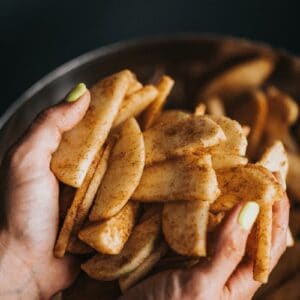


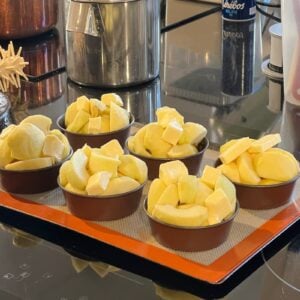
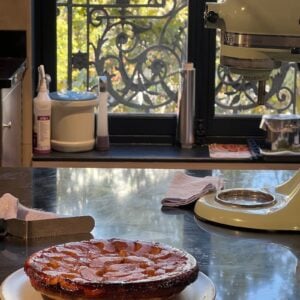

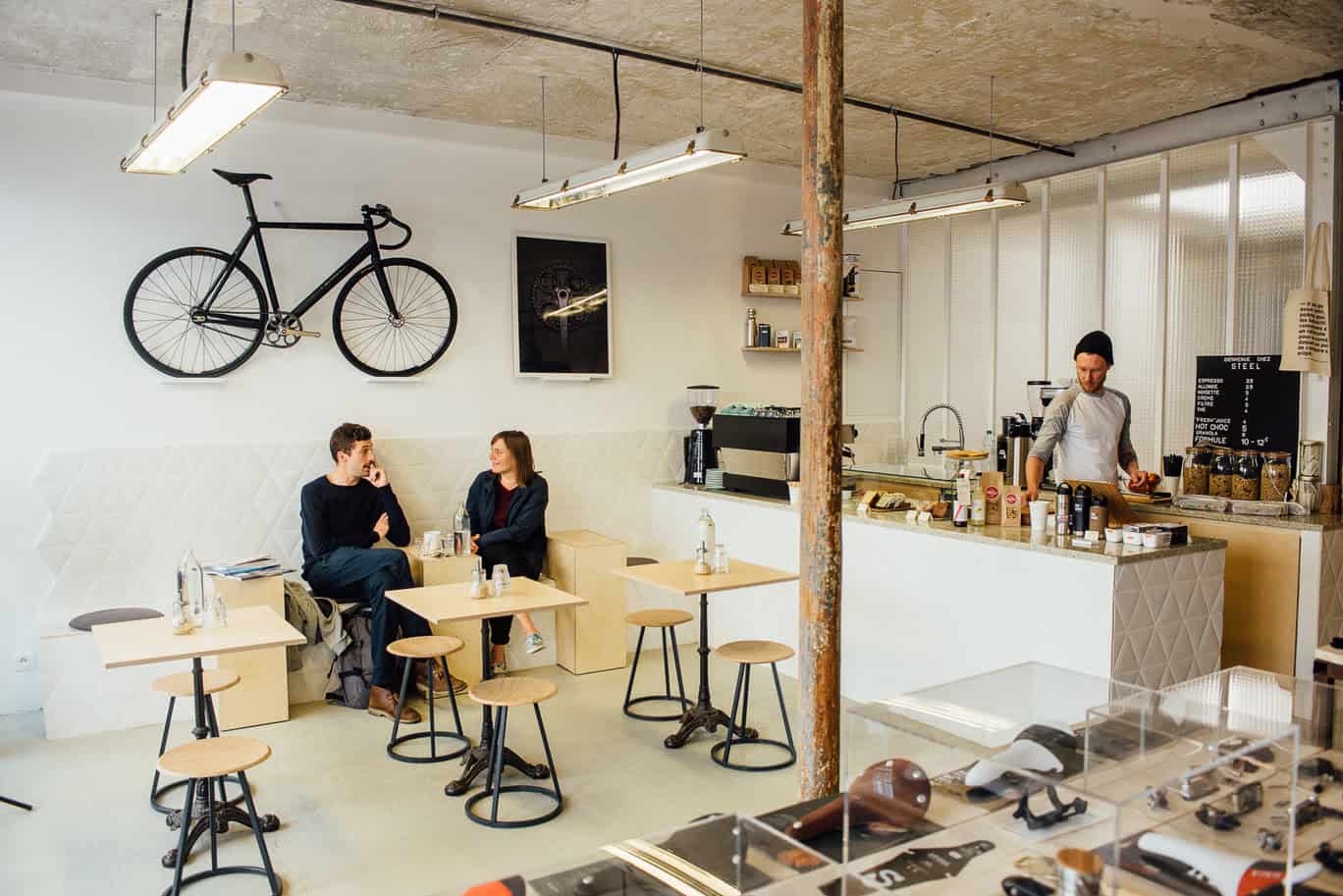

RELATED ARTICLES
You Can Still Win a Week in Paris
by
Erica Berman
The Best Croissants in Paris 2025
by
Alessia Armenise
A Local’s Guide to the 3rd Arrondissement: Life in the Haut-Marais
by
Zoe Adams
All About the Baguette: The Ten Best in Paris
by
HiP Paris
Rue de Lévis: A Market Street in Paris’s 17th Arrondissement
by
Yvonne Hazelton
The Top Women Chefs Defining Paris’s New Dining Scene
by
Lily Heise
Cocoricains: An American Bistrot with French Flair in Paris’s 2nd Arrondissement
by
Dilyn Odoardi
Our Favorite Stinky French Cheese: What To Buy, Tips & Where To Shop
by
Casey Hatfield-Chiotti
La Chandeleur: 8 Spots for the Best Crêpes in Paris
by
Ali Postma
Where to Eat in St Germain Paris, According to A Food Tour Guide
by
Rachel Naismith
Where to Find the Best Comfort Foods in Paris
by
Neil Kreeger
Healthy French Recipes for Winter
by
HiP Paris
Where to Eat in Paris During the Holidays – Christmas and New Year’s
by
Lily Heise
How to Have a French Holiday Meal at Home
by
HiP Paris
Where to Go For Thanksgiving Dinner in Paris
by
Lily Heise
Mariage Frères Paris, Restaurant & Salon de Thé: It’s Time to Spill the Tea!
by
Kathryn Kinley
Expat Entrepreneurs in Paris: Boneshaker Donuts
by
Jessica Johnston
Molly Wilkinson’s French Madeleine Recipe
by
Molly Wilkinson
Niçoise Cooking for All Seasons: Rosa Jackson On Her Latest Cookbook, Expat Life and More
by
Kathryn Kinley
Le Sud: Rebekah Peppler on Recipes From The South of France
by
Rachel Naismith